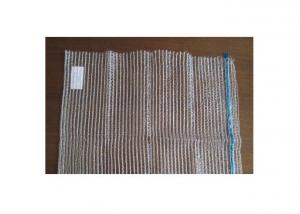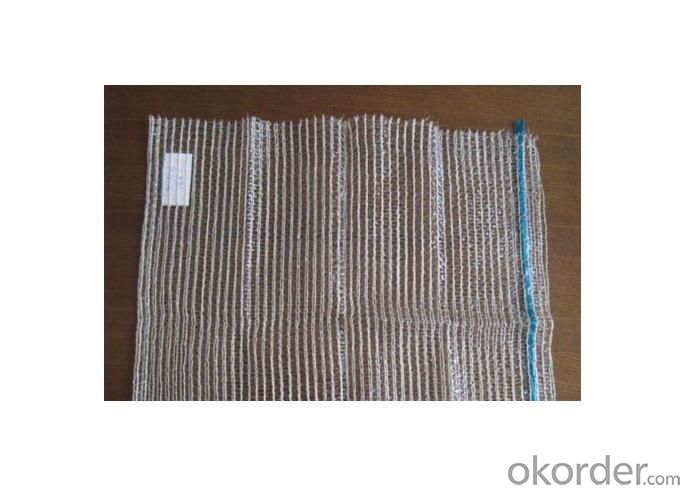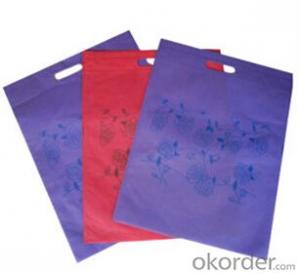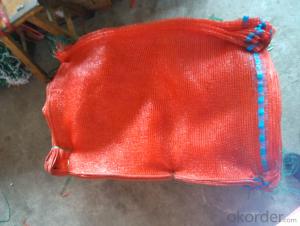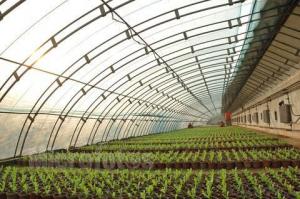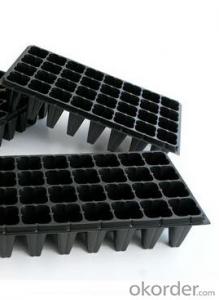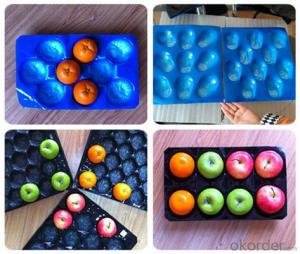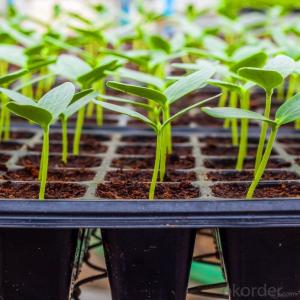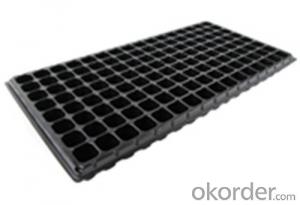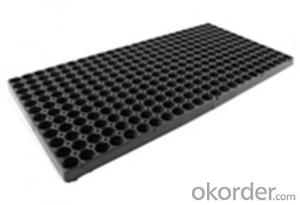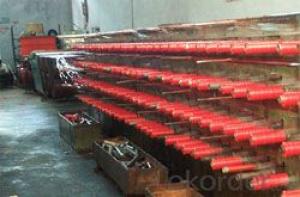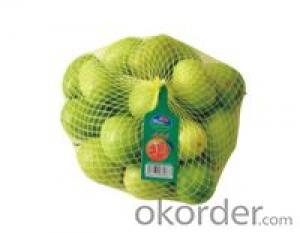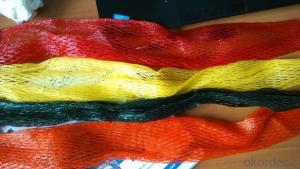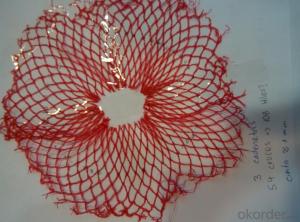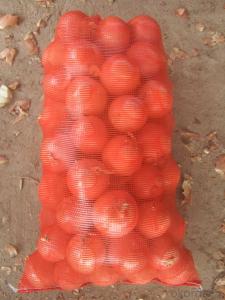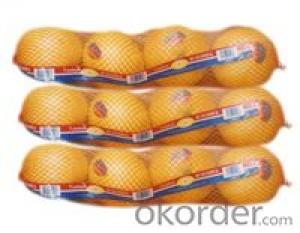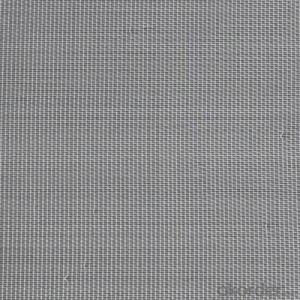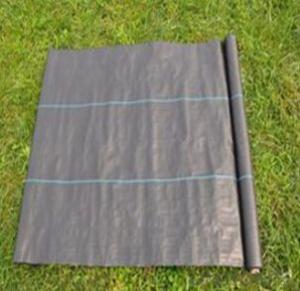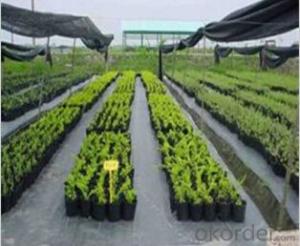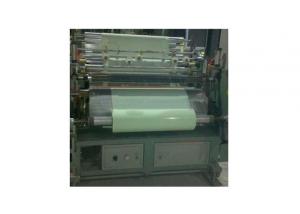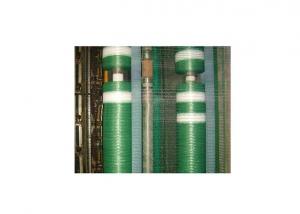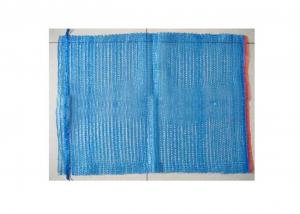Fruit Mesh Bag
- Loading Port:
- China Main Port
- Payment Terms:
- TT or LC
- Min Order Qty:
- 10 Tons m.t.
- Supply Capability:
- 5,000,000 Pieces per Month m.t./month
OKorder Service Pledge
OKorder Financial Service
You Might Also Like
Detailed Product Description
1)HDPE fruit mesh bag
2)Color:in your require
3)Regular size:40x60cm/50x80cm
4)Top:with drawstring
5)Packing:2000pcs/bale
Our company supply hdpe raschel mesh bags for packing vegetables and fruits, such as potatoes, onions, cabbages, eggplants, lemons, oranges, etc.
Feature:
1)Made of HDPE material
2)Popular color: red, green, yellow, orange, violet, blue, white, etc.
3)Regular size: 50x80cm, 45x75cm, 41x63cm, 40x60cm, etc.
4)Top: with drawstring
5)Packing: 2000pcs/bale
| Production time | 25-30 days/40HQ |
| MOQ | 1X20GP,about 10 tons |
| Capacity | 10.5tons/20GP, 19.5tons/40GP, 25tons/40HQ |
| Payment | 30%T/T deposit in advance and balance against copy of B/L at sight |
If you are interested in our products, please feel free to contact us for more informations
- Q: Do nursery trays come with a seedling dome lid?
- No, nursery trays typically do not come with a seedling dome lid.
- Q: Can nursery trays be customized?
- Yes, nursery trays can be customized according to specific requirements such as size, shape, color, and design. This allows for tailored solutions to meet the needs of different plants, growing conditions, and nurseries.
- Q: Can nursery trays be used for seedling hardening off?
- Yes, nursery trays can be used for seedling hardening off. Nursery trays provide a convenient and organized way to hold and transport seedlings during the hardening off process. They can be filled with soil or a growing medium and placed outdoors for gradual exposure to outdoor conditions, preparing the seedlings for transplanting into their permanent location.
- Q: What are some ground cover options for tropical gardens?
- Some ground cover options for tropical gardens include moss, ferns, ivy, creeping fig, mondo grass, and liriope.
- Q: What are some ground cover options for a desert garden?
- Some ground cover options for a desert garden include desert marigold, lantana, creeping thyme, ice plant, and silver carpet. These plants are drought-tolerant, require minimal water, and can help suppress weeds while adding color and texture to the garden.
- Q: Are nursery trays suitable for moss cultivation?
- Yes, nursery trays are suitable for moss cultivation. They provide a controlled environment for moss growth and allow for easy maintenance and transplantation of moss.
- Q: Do agricultural plastic products have any adverse effects on soil health?
- Yes, agricultural plastic products can have adverse effects on soil health. When plastic materials such as mulch films or irrigation pipes are left in the soil after use, they can degrade very slowly, leading to soil pollution. This can hinder proper water and air circulation, affect microbial activity, and disrupt nutrient cycling in the soil. Additionally, the presence of plastic residues can impact crop growth and reduce soil fertility, posing long-term risks to agricultural sustainability and ecosystem health.
- Q: Does a plastic shell or casing make for effective shrapnel in an improvised explosive device? How much lesser is the effective casualty radius compared to metal, or to glass?
- Plastic won't have the range of metallic shrapnel, nor will it have the penetration capabilities. As far as glass goes, I wouldn't it except in foodstuffs/water (yes, if you're gonna talk about IEDs, might as well talk of sabotaging someone's dinner, too). I would use plastics unless there was a risk of my target using a metal detector.
- Q: How do agricultural plastic products help with plant nutrition?
- Agricultural plastic products, such as mulch films and drip irrigation systems, help with plant nutrition by providing a controlled environment for plant growth. Mulch films help retain moisture in the soil, regulate soil temperature, and prevent weed growth, allowing plants to conserve energy and focus on nutrient uptake. Drip irrigation systems deliver water and essential nutrients directly to the plant roots, promoting efficient absorption and reducing nutrient loss through runoff. Overall, these plastic products enhance plant nutrition by optimizing growing conditions and facilitating the availability of essential nutrients.
- Q: My family is very eco friendly. so my mom wanted me to get tampons with cardboard applicators , and i said i'd try them. so my question is.. is inserting a cardboard applicator any harder or different than inserting a plastic applicator? if so how?
- Plastic applicators are good when you're first starting out because I find they slide in easier but honestly if you've had some practice and you're comfortable with them, you won't really notice a difference. Cardboard, plastic, doesn't matter. You'll be fine :)
1. Manufacturer Overview
| Location | Shandong,China (Mainland) |
| Year Established | 2006 |
| Annual Output Value | US$10 Million - US$50 Million |
| Main Markets | 20.00% Western Europe 20.00% South America 20.00% Northern Europe 10.00% Eastern Europe 5.00% Africa 5.00% Mid East 5.00% Southern Europe 4.00% North America 2.00% Eastern Asia 2.00% Southeast Asia 2.00% Central America 2.00% Oceania 2.00% South Asia 1.00% Domestic Market |
| Company Certifications | Business license of enterprise legal person |
2. Manufacturer Certificates
| a) Certification Name | |
| Range | |
| Reference | |
| Validity Period |
3. Manufacturer Capability
| a) Trade Capacity | |
| Nearest Port | Qingdao |
| Export Percentage | 91% - 100% |
| No.of Employees in Trade Department | 6-10 People |
| Language Spoken: | English, Chinese |
| b) Factory Information | |
| Factory Size: | 50,000-100,000 square meters |
| No. of Production Lines | 10 |
| Contract Manufacturing | OEM Service Offered Buyer Label Offered |
| Product Price Range | Low and/or Average |
Send your message to us
Fruit Mesh Bag
- Loading Port:
- China Main Port
- Payment Terms:
- TT or LC
- Min Order Qty:
- 10 Tons m.t.
- Supply Capability:
- 5,000,000 Pieces per Month m.t./month
OKorder Service Pledge
OKorder Financial Service
Similar products
Hot products
Hot Searches
Related keywords
